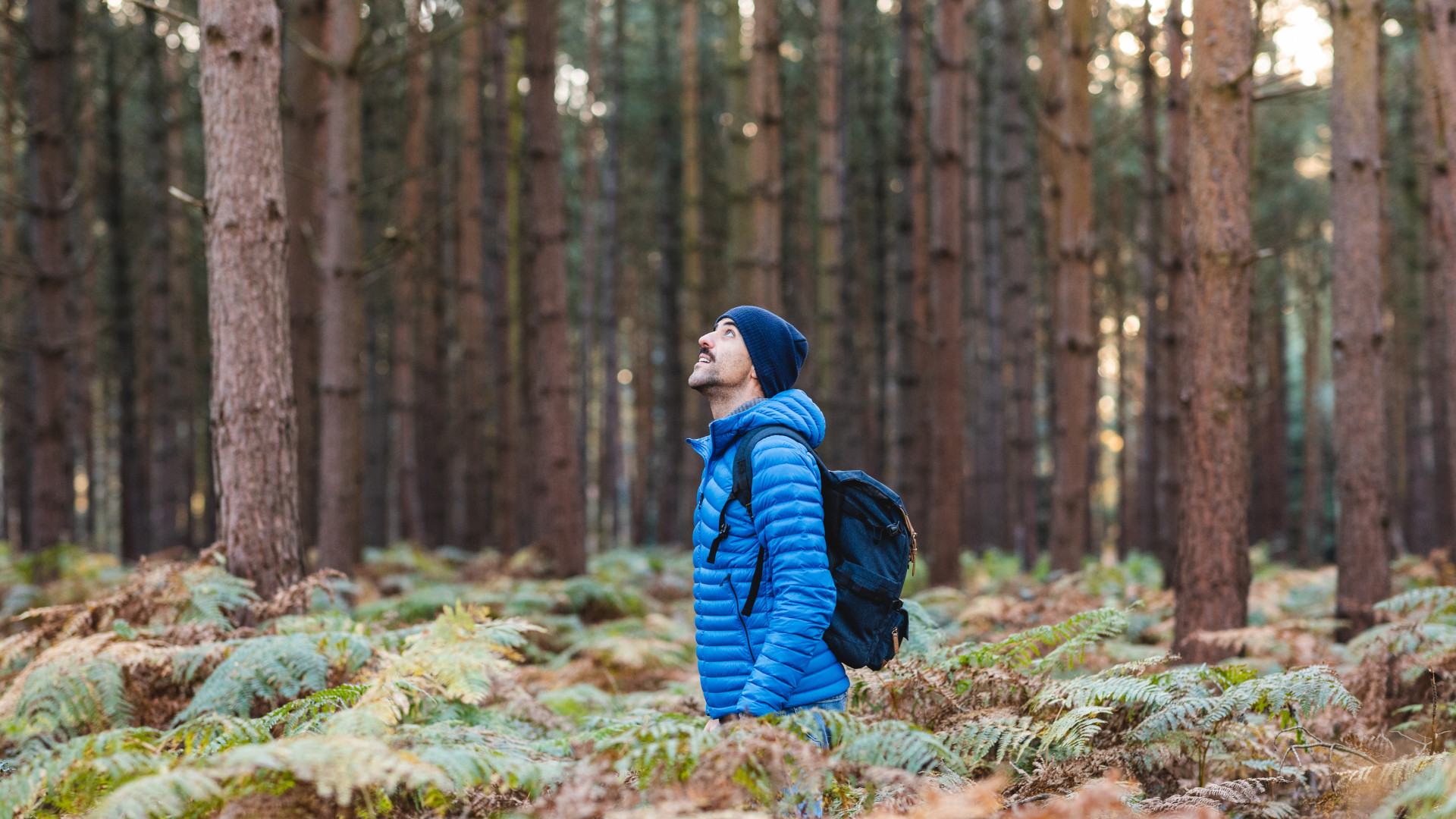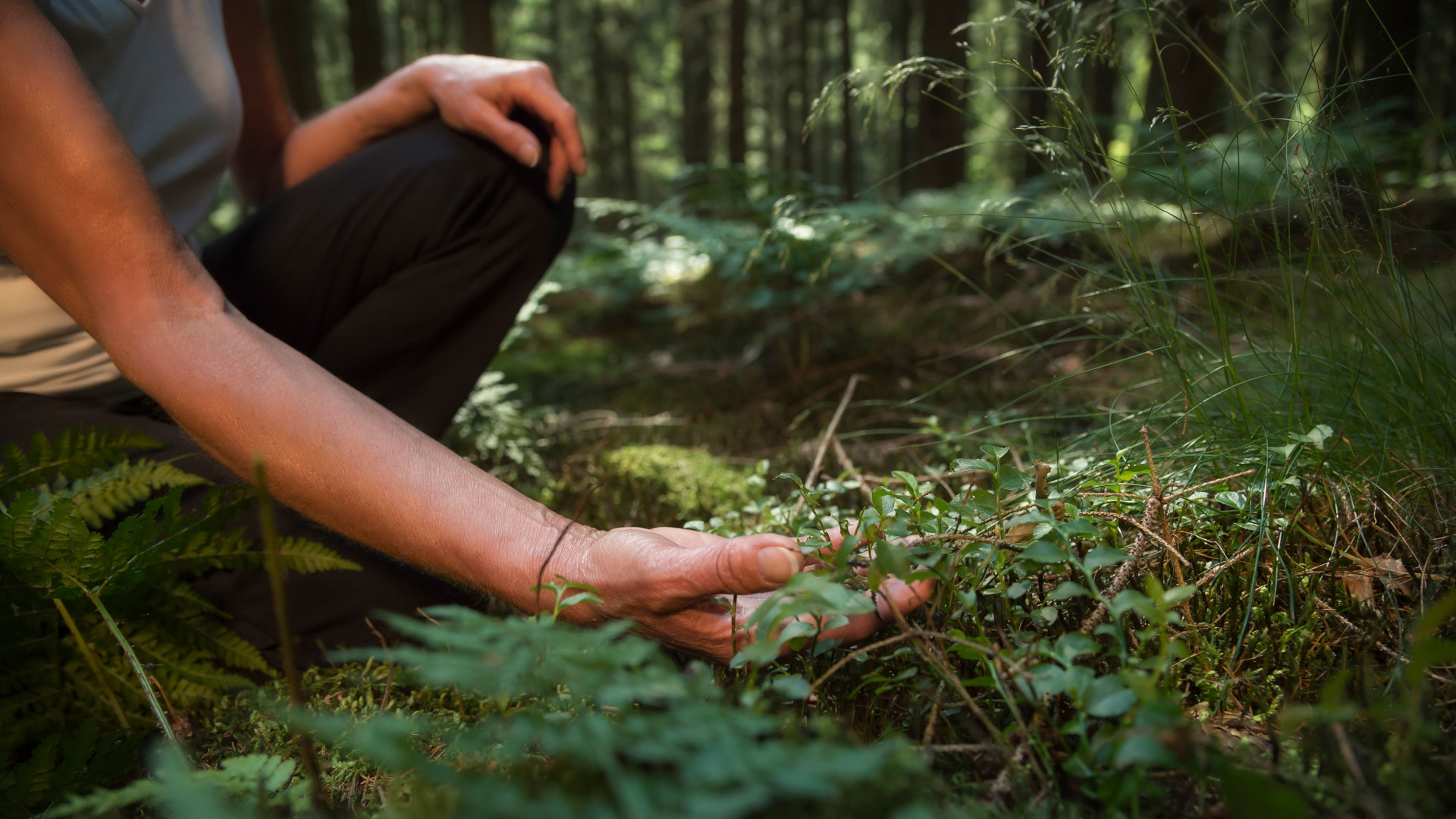
I’ve always had an overactive mind and am one of those people who struggle to ‘turn off’. You know those memes where two people are talking and the other person is smiling intently, but in their head is a circle of flying birds – that’s me.
As a result, I’ve never been a fan of meditation, yoga or any mindfulness practice. I just can’t seem to do it and often find my mind wandering onto less important topics – like what I’m going to have for tea. That was until I recently tried forest bathing whilst on a press trip with AllTrails.
Forest bathing originates from Japan and is simply the practice of immersing yourself in nature to promote relaxation, specifically in a forest. It sounds a little ‘woo woo’, but there’s a lot of science to back up its benefits.
According to the National Trust, the Japanese government has carried out multiple studies that revealed doing two hours of forest bathing a month resulted in lower blood pressure, a reduction in cortisol, and better concentration and memory. Today, it’s even prescribed to patients in Japan as a therapeutic practice.
What happened when I tried forest bathing
When we pulled up to Forest Retreats, overlooking the Wye Valley in Tintern, Wales, I said to its Founder, Tom, who was leading the session, that this probably wouldn’t work for me. He told me forest bathing isn’t the same as your ‘close your eyes’ usual type of meditation. I wasn't entirely convinced, but was willing to give it a go.
We made our way through an overgrown forest, not sticking to a path – Tom says this is a really good thing to do, because when we follow the beaten track, it’s too easy and there’s no challenge for the mind. We were made to touch the blankety moss that hugged the trees and rub bits of pine between our fingertips and smell its citrusy aroma.
We finally came to an open space and were told to either find somewhere to sit comfortably or lie down, and that we’d stay here in silence for 10 minutes with our eyes open. I decided to get pretty comfortable, and lie down in the leaves.

Although I felt slightly uncomfortable at first, I soon started to observe more closely what surrounded me; looking at the different shapes of the leaves, colours, branches that wrapped around the trees’ trunks and the pockets of sunlight that poked through the tree branches.
Only twice, my mind diverted onto unimportant topics, but I’d quickly look for something in the forest to realign my attention. Ten minutes ended up feeling like five, and afterwards I felt very zenned out, and I was surprised at how well I’d manage to stop my mind whirling from its everyday thoughts – it was a refreshing break. But why did I find it so much easier than traditional mindfulness practices?
PTSD UK puts it well: “Forest bathing feels a gentler way to access meditation and mindfulness, without the need to sit in a room and “try” to meditate.” I personally think the fact that it requires your eyes to be open also, makes a massive difference too. It allows those with overactive minds to still focus their attention on something external, whereas sitting with your eyes closed and trying to bring awareness to something internal can be more challenging (and lead to easily getting distracted).
Forest bathing doesn’t just have to be done in a forest either, any green space could work just as well. If you’re looking to slow down and give your mind a rest, I highly recommend trying it, you may be surprised at how grounded, calm, and clear-headed it leaves you feeling.







